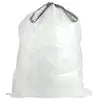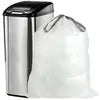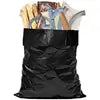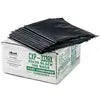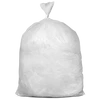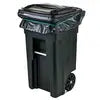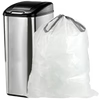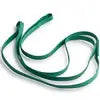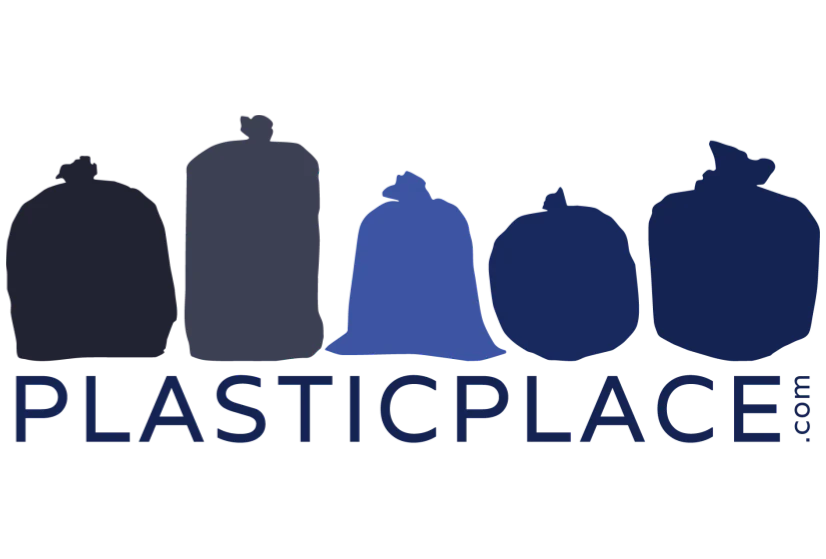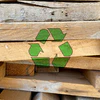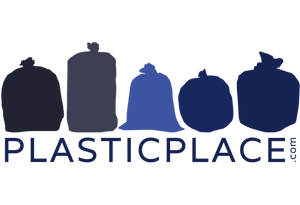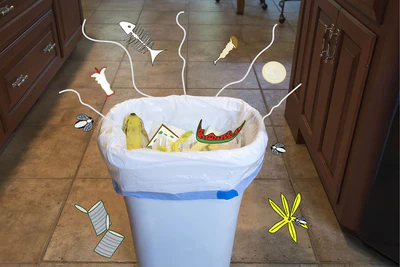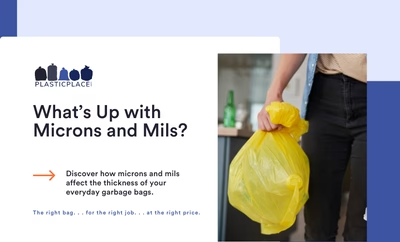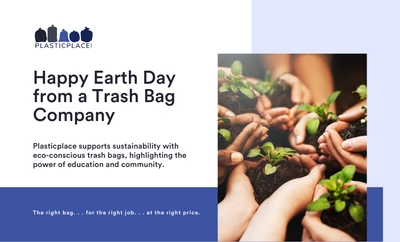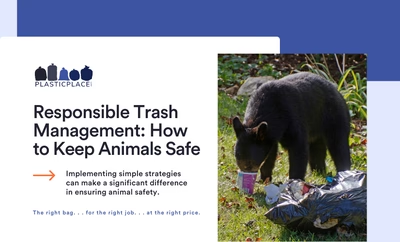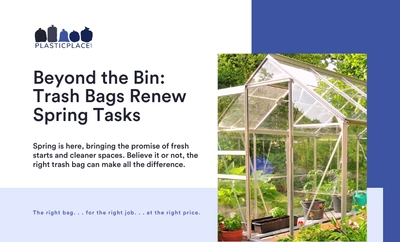At PlasticPlace, we harbor an intense regard, respect, and sense of responsibility for Earth’s environment, and it shows in the way we do business: we use recycled content whenever possible, and our products can also be recycled going forward, to reduce our plastic footprint to the lightest possible mark.* As a company, we feel our strongest and best when we take accountability for the products we put out into the environment. We pride ourselves on supplying conscientious garbage-containers, so the world itself doesn’t have to be one.
Yet the dilemma of plastic bombarding our Earth’s environment continues to challenge and burden us. So that’s why we are so elated about the most recent news out of Japan, published in the March 11, 2016, edition of the journal Science: A team of researchers has discovered a species of bacteria that eats plastic. In time, we hope this bacteria may speed waste reduction, eventually even offering a plausible solution to our plastic problem – “a viable bioremediation strategy,” as the article phrases it. Can Mother Nature heal where humans have faltered?
The bacteria, Ideonella sakaiensis, was found by a team of scientists searching through sediments at a Japanese plastic bottle recycling plant. (It is named after Sakai, the city where it was found.) It eats one of the world’s most common plastics, polyethylene terephalate (PET), found in water bottles, among other common materials. Globally, we produce more than 50 million tons of PET each year, but only 9% gets recycled.
PET is notoriously resistant to biodegradation, but Ideonella sakaiensis is proven to break PET’s molecular bonds in as little as six weeks. It does so using two enzymes: first, the bacteria attaches itself to the PET surface and emits one enzyme, producing an intermediary chemical. Next, a second enzyme breaks the chemical down even more, generating carbon and energy for the bacteria’s growth. According to Shosuke Yoshida, one of the study’s authors, "it's the most unique thing. This bacterium can degrade PET and then make their body from PET.”
Interestingly, it seems this strain of bacteria has evolved to eat PET, responding to the 70 years of virtual shrink-wrapping our environment has received. In fact, this plastic-eating bacteria may represent a case study in Darwinism. "If you put a bacteria in a situation where they've only got one food source to consume, over time they will adapt to do that," one microbiologist says. Another scientist concurs: "Nature is incredibly wily, microbes are incredibly wily. Microbes are very good eaters." A third oceanographer agrees: "I'm surprised it's taken this long. I've been waiting for results like this.”
Could this be the environmental breakthrough we’ve been waiting for? Experts caution us not to jump the gun. Ideonella sakaiensis does break PET down over six weeks, at a steady temperature of 86 degrees Fahrenheit. But the six-week time estimate is based on a thin film of PET, rather than the highly-crystallized type of PET that makes up water bottles. In addition, the experiment was conducted under highly controlled laboratory conditions. It is unlikely that bacteria in the wild, interacting with sunlight, saltwater, changing temperature, etc., will behave exactly like bacteria in the lab. Can and will this bacteria consume PET in any situation?
Oceanographer Tracy Mincer has questioned whether bacteria can truly help us clean up our plastic mess: “When I think it through, I don’t really know where it gets us. I don't see how microbes degrading plastics is any better than putting plastic bottles in a recycling bin so they can be melted down to make new ones," he says. Nevertheless, Mincer sounds a hopeful note that this may lead us to discover more efficient plastic-eaters: "This process could be quite common. Now that we know what we are looking for, we may see these microbes in many areas around the world," he says.
Or might we be able to engineer such a useful, high-volume, plastic-eating bacterium? John Coates, microbiologist at the University of California Berkeley, thinks so: "It's certainly a move in the right direction. Having an organism that seems to be capable of biodegrading these components directly will help us," he says. Engineering a bacterium, he points out, is a simpler process than engineering certain other organisms. So maybe mankind can actually make the heavy-duty tool it needs to clean up plastics.
At PlasticPlace, we can only offer a salute to Mother Nature. The world works in mysterious ways: if asteroids can kill off the dinosaurs, for example, maybe bacteria can indeed save humankind. Perhaps Mother Nature is like any other mother – always cleaning up her kids’ messes and looking after them. If that’s the case, we can only say: Thank you, Mother! Footnote: *Our food bags are, of course, made from 100% prime (non-recycled) material to comply with regulations, and our high-density bags are 100% prime as well.
 4.9 out of 5
4.9 out of 5  Mix & Match: Buy any two products for 10% off!
Mix & Match: Buy any two products for 10% off!













